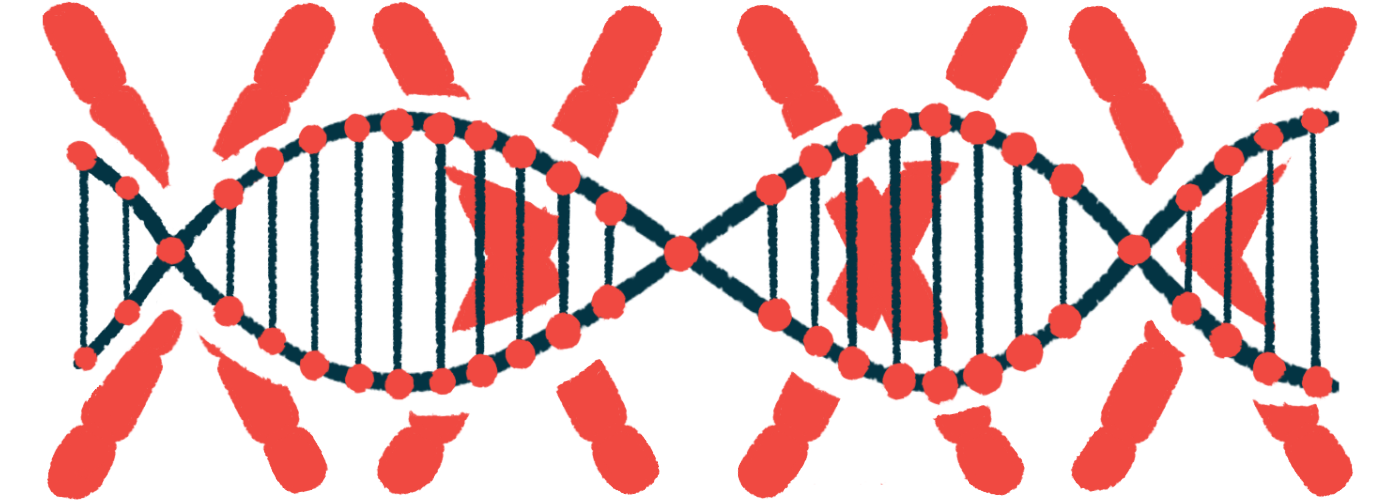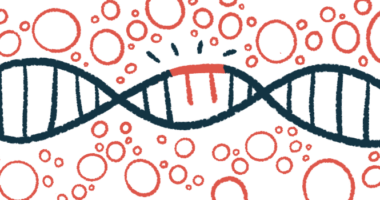SMA varies with 4 SMN2 gene copies, gets worse with age
Researchers studied 169 people with disease to assess progression, influences

How spinal muscular atrophy (SMA) manifests among people who carry four copies of the SMN2 gene varies, ranging from type 2 to type 4, with functional abilities showing a tendency to decline with age, a study in Italy finds.
Understanding how the disease progresses over time and what influences its course “will be useful for clinicians and families at the time of deciding possible therapeutical options,” the study’s researchers wrote in “Clinical phenotype of paediatric and adult patients with spinal muscular atrophy with 4 SMN2 copies: are they really all stable?” which was published in Annals of Neurology.
SMA occurs when the SMN1 gene is missing or not working properly. The gene provides instructions for making survival motor neuron (SMN), a protein that nerve cells that control muscle movement, called motor neurons, need to survive.
Without enough SMN, motor neurons begin to degenerate and die. As a result, people with the disease have muscle weakness and may develop difficulty breathing, chewing, or swallowing.
A backup gene for SMN1, called SMN2, only makes about 10% as much working SMN as SMN1. Most people have two copies of SMN2, but some have extras. Usually, the more SMN2 copies a person has, the less severe the disease is likely to be.
Genetic testing can identify the number of SMN2 copies a person has. Combining this information with clinical data, for example the age at the onset of symptoms, can help determine which SMA type the person has and how to best treat it.
While it’s recommended to treat babies with four copies of SMN2 as soon as they’re identified by newborn screening just like those with fewer copies, “there is no consensus … partly due to the relative paucity of information on natural history,” wrote the researchers. They studied 169 patients (102 males, 67 females) from 36 SMA referral centers across Italy to better understand how the disease progresses and how different factors, such as sex and SMA type, influence its course. All had four copies of SMN2.
SMA’s variability with four SMN2 gene copies
The patients were categorized into different SMA types based on their clinical presentation. Six were presymptomatic, or had yet to develop symptoms. All had achieved the expected motor function for age (five could walk and one could sit). Two had started treatment within the first year of life, one with Spinraza (nusinersen) and one with Evrysdi (risdiplam).
Eight were classified as type 2 and “never acquired the ability to walk independently.” Three had lost the ability to sit independently, two required noninvasive ventilation to help with breathing, and four had mild swallowing problems. At the last follow-up, with a mean age of 31.5 years, three were on Spinraza and five were on Evrysdi.
Most (145) patients were classified as type 3, which can be broken down into two subtypes — type 3a, where symptoms appear between 18 months to 3 years of age, and type 3b, where the disease manifests after age 3. Thirty-eight patients were classified as type 3a and 107 as type 3b.
About a third (36%) had lost the ability to walk at a mean age of 26.8 (18 patients with type 3a, 34 with type 3b). Seventeen (12%) required noninvasive ventilation for up to half of the day after age 18.
Six of the 145 (4%) showed swallowing problems, with two patients requiring a feeding tube. Most (81%) were treated with Spinraza or Evrysdi.
Eight patients were classified as type 4. Two lost the ability to walk at the age of 60 and 70 (the time of the last available follow-up). None had problems chewing or swallowing. Only one was receiving treatment with Spinraza. Two adults had no symptoms and were identified through family connections.
Declines with age, loss of walking ability
The expanded version of the Hammersmith Functional Motor Scale (HFMSE) was used to collect functional data over time. As patients aged, there was a decline in functional scores, indicating worse motor function.
While more than 35% of patients with type 3 and 25% of those with type 4 lost the ability to walk, patients classified as type 3b or 4 were less likely to lose that ability compared with type 3a.
Men were about three times as likely as women to lose the ability to walk. This difference was only observed among adults and not among children.
“Our results expand the existing literature on natural history of 4 SMN2 copies confirming the variability of phenotypes [disease manifestations] in untreated patients,” the researchers said. “Further studies assessing the structure of the SMN2 genes may help to detect differences or equivalencies beyond the SMN2 copy number, especially in the cases with more severe phenotype than expected.”








